Welcome to Linus’ new interview series on Headfonia.com! Every two weeks we will publish an interview with an insider of the audio industry. They will give us a little insight on how they started and what they are up to. We are thrilled to be able to share a little something with all of you.
This episodes chat partner is Fried Reim of Violectric!
HFN: Please tell us about your role at Violectric / Lake People and your background
FR: In the 70ties and 80ties I was busy (like many others) to build and repair preamps, amps, tape recorders, light systems and even electronic organs as a hobby or to earn some money.
The technical background was “learning by doing”, reading some books about circuit design and learning from circuit drawings.
After the study of “medical computer science” I found accidentally a job as a service man for electronics which was much more appealing to me than a regular job according to my education. My main tasks had been servicing and repair of tape machines, amps and early video recorders. In 1986 I became by chance one of the three founders of Lake People.
The early years had not been very successful and we all had a second or third job to survive and keep the company going – and we succeeded at last.
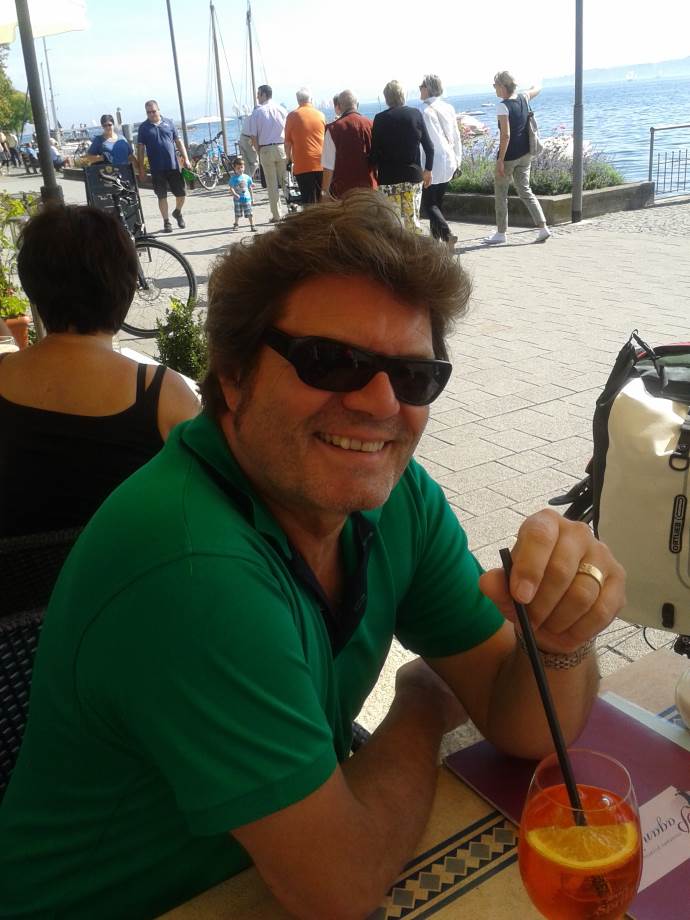
We started with Limiters and Noise Gates which in the old days had been essential in studio business – but soon we slipped into sound discussions and our gear was compared to the big competitors from GB and the USA with the result that those were preferred.
Sometime in fall 1989 on our way back home from the “Montreux Radio Show” we decided that our future products should not be part of sound discussions. They should be straight forward, rather a “wire with gain” than anything else.
This was the birth of our very successful series of level matching, balancing, splitting amplifiers which we sold to broadcasters, large scale installations and also studios.
As one of the Lake People founders also ran a studio we knew about the poor sound of early digital converters.
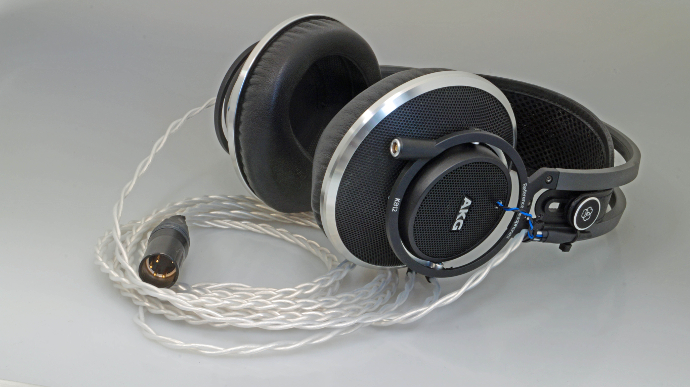
Around 1989/90 we heard rumors that a company called “Ultra Analog” soon would offer 20 Bit A/D and D/A converter “chips” (actually hybrids housing in a can with dimensions of 1 x 5 x 7 cm) which would enable the industry to come across the well known issues of the current converters. We started working on this new technology and had to face massive problems like getting familiar with the AES standard to transmit digital data, designing digital input and outputs from the scratch as there were no integrated solutions at that time or understanding the clock supply of such gear and the phase relationship between them.
In 1991 we released the first German 20 Bit AD and DA converters, the only European competitors at that time had been two British companies. Due to their exorbitant prices these converters had not been very successful but essential for the fame of the company.
Sometime later one of the founders left the company and for the next years it was on me to nearly completely design all Lake People program which lead to a steady growth of the company with a peak of 12 employees around the millennium.
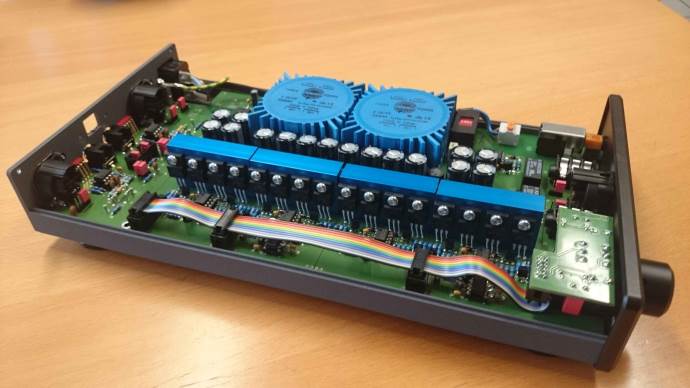
One product line which was never regarded as a highlight during the first years was our range of headphone amplifiers. The first one, named “Phone Amp V6” was in fact developed in 1986 and was intended to be used by musicians in the studio or on stage.
It was soon clear that this rather “standard” design was not meeting the user´s requirements.
They demanded more volume for their high impedance headphones. And in fact often drummers had been seen with a power amp in their cabin and the headphones connected with open wires to the speakers outputs. More power on the ears could only be accomplished by more operating voltage to have more output voltage swing. Our quite unique circuitry for this task was the “Phone Amp V6 HP” which stood for “High Power”. The case had the same compact dimensions like the standard “V6” but double the output voltage into a high impedance load: 20 Veff which equals a 100 Watt power amp into a 4 Ohms load. Further the amp was a rugged construction, fail safe and short circuit proof.
As a curiosity this design was never copied and so we had been the only brand in the market producing a compact amp with highest output voltage swing.
By design these early “HP” amps never had to be good sounding but only to be powerful.
But during the years and many, many different models we cultivated our headphone amps not only to be powerful, but also to be good sounding.
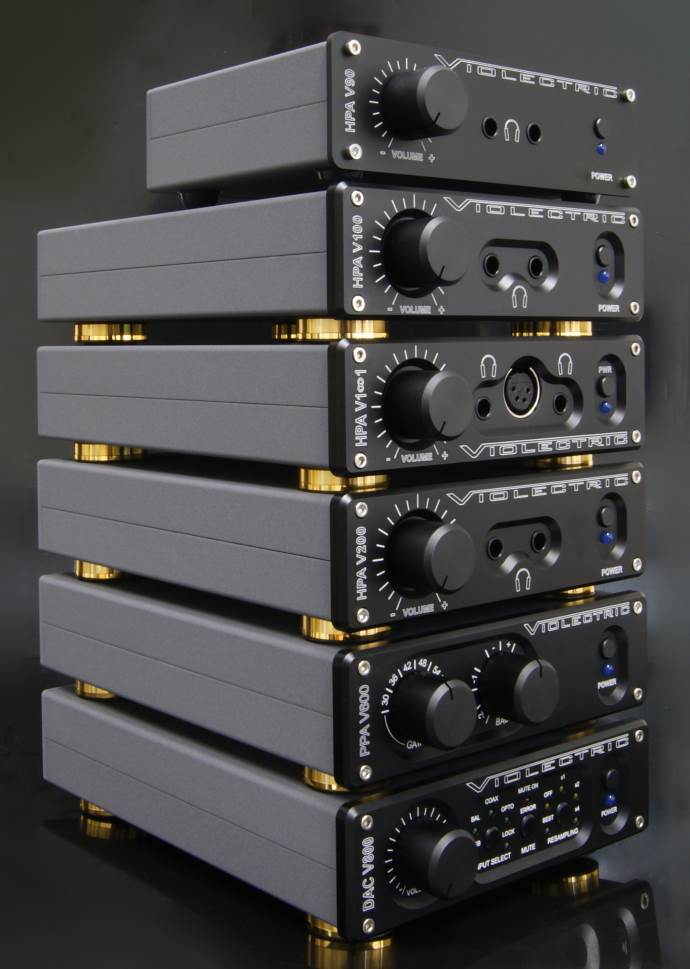
SONY DSC
HFN: What is the biggest difference between Lake People and Violectric?
FR: Around 2005 we discovered, that out amps were not only highly regarded by professionals but also by HiFi enthusiasts, judging our amps to have fantastic sound but looking like a fridge.
Our first answer to this mission was to add toroidal transformers and high grade potentiometers to our standard line of amps and name them G99, G99/2 and G100.
Finally, in 2009, we established the new brand “Violectric” to put all our experience into a new range of headphone amps and D/A converters as we wanted to draw a clear line between our professional/studio gear and HiFi/HiEnd range.
Under the Violectric brand we could also make cases with thicker side walls, elaborate front panels and other HiEnd related attributes which are not that much demanded by professionals.
While the so called V100 circuit design inside our headphone amps is a progression of actual Lake People amps, our so called V200 technology was completely new developed with the target to achieve highest transmission quality but preserving a smooth and musical sound. From the scratch these amps, represented by HPA V200, V220, V280 and V281, accomplished highest reputation among users and reviewers.
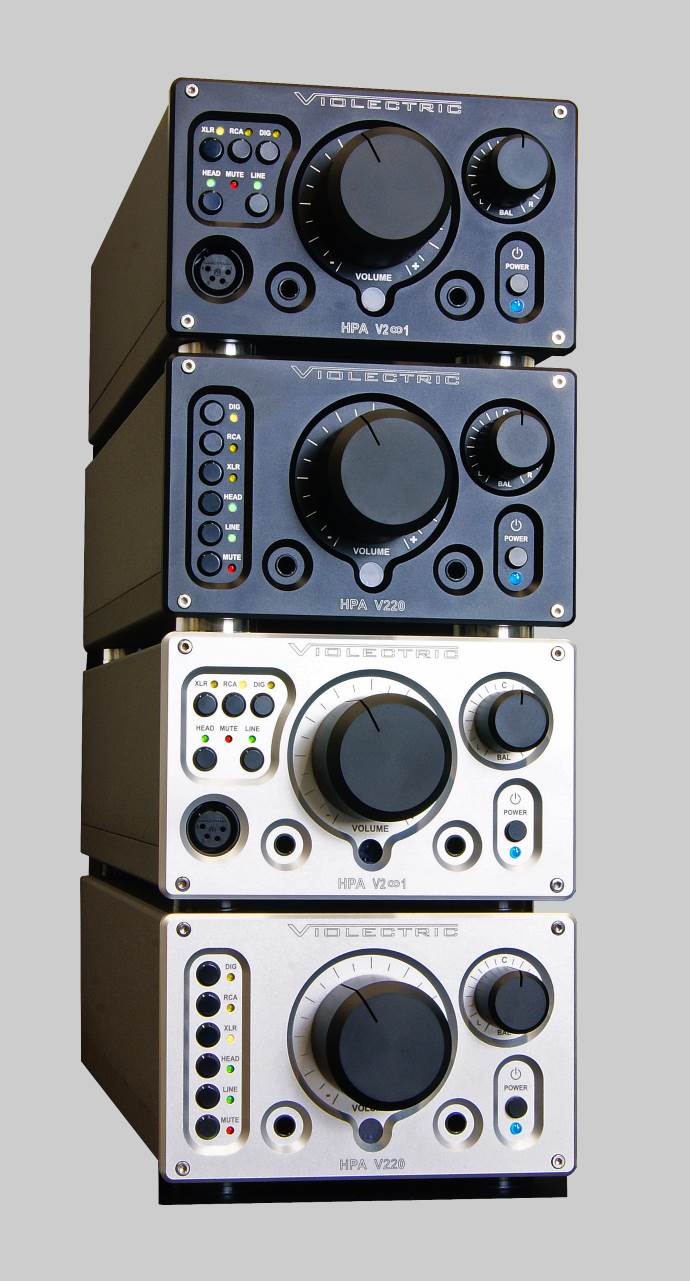
SONY DSC
The year 2011 saw the first German headphone amp with balanced output, the V181.
This amp was basically an attempt to check if the market was ready for the next step.
It was !!
My humble comparison:
Listening to speakers is like being part of the audience of a concert.
Listening with standard headphones is like taking the place of the conductor.
Listening with balanced headphones is like being part of the orchestra.
The experiences we made with HPA V181 and the wish list of our customers lead to the development of our flagship amp HPA V281, often simply called “The Beast”, which since 2014 is our best sold amp, the favorite of most reviewer and on top of the wish list of many HiFi enthusiasts. For those who are not in need of all the bells and whistles of V281 we developed the HPA V280.
More about Fried and Violectric on the next page!






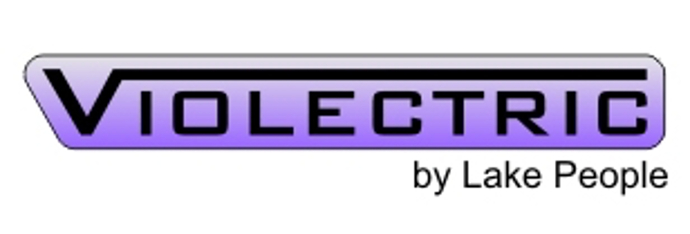
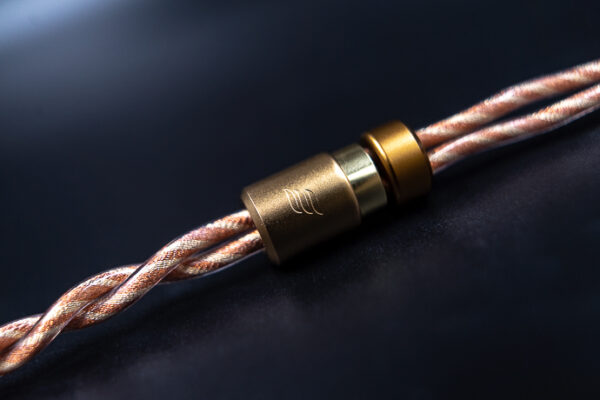
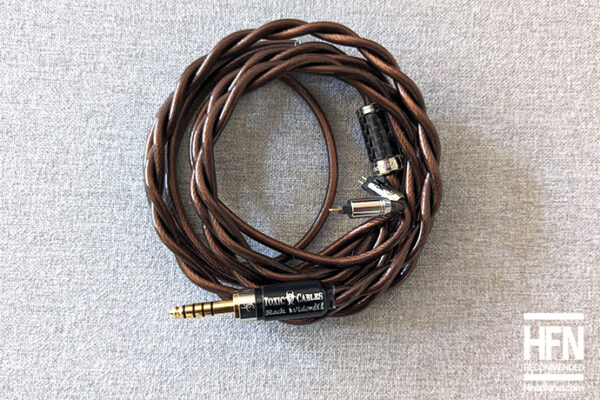
Pharmaboy
I own and love 2 products made by this company:
— The Violectric 281 (balanced and single-ended outputs & inputs
— The Lake People G109-A (single-ended only)
Each in its own way has shown quietly spectacular sound–and given me hope that the solid state vs tube divide is less meaningful than it once appeared to be.
Fried has been nothing but helpful and informative in my dealings with him by email. And now we see through your interview that he seems to be much like his headphone amps’ designs: a truth teller, no bullshit, straight-ahead and telling us what we need to know.
This company should be even more successful than it already is IMHO…
Pharmaboy
…forgot to comment on my favorite part of this interview: “”When you attend classic concerts you will recognize that live sound is far from being as bright as the recording and the headphone manufactures make us believe.”
Thanks for bucking the crowd on this sonic preference issue, Fried. Your headphone amps sound VERY MUCH like the real thing (symphony or chamber orchestra playing in an acoustically sound performance space)–for which I am grateful.